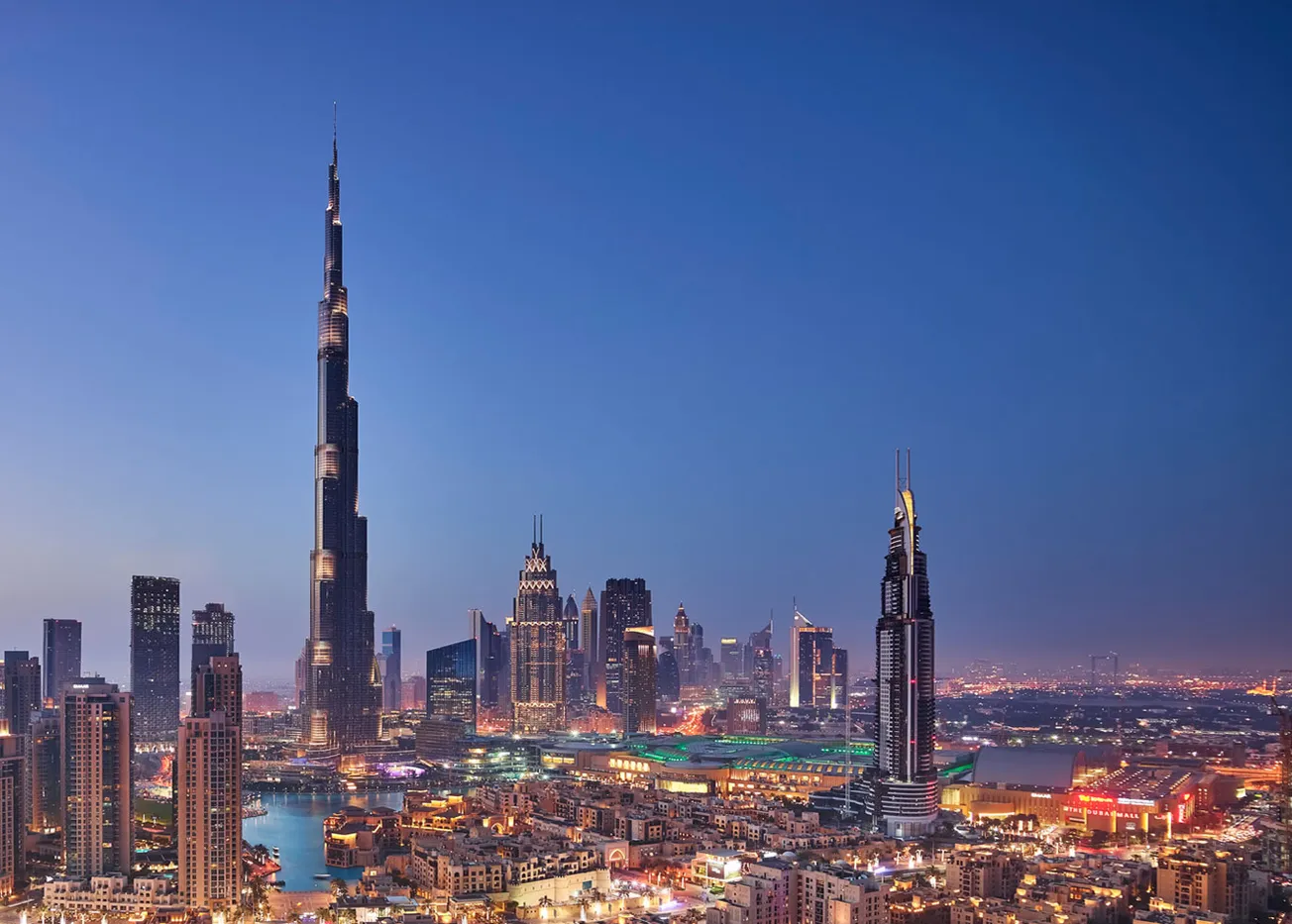Table of Contents
One of my earliest memories of the United States involves its skyscrapers. When I was about 8, I visited my grandad who lived in New York at the time. One weekend, we took a day trip into the city and after slogging through the subway, we came out at 34th Street and Herald Square and I saw the Empire State Building for the first time. When someone sees a skyscraper for the first time, especially a child, they almost can’t believe it, their neck stretches backward, gazing up at this seemingly impossibly tall structure. I was no exception, I practically fell over trying to look up at it. Even as an adult, there is something to be said for the upward glance, for the reverence one feels at mankind’s ability to create powerful and ambitious buildings.
Architecture is a unique form of artwork, it is the form of art we encounter most frequently but also one we take for granted. Like all art, its beauty (or lack thereof) can influence our attitudes and inspire us. When we see beauty, we feel as we should—captivated, grounded and proud. Simply being in the presence of the beautiful inspires the creation of more just like it, in thought, in deed and in heart. Winston Churchill famously said, "We shape our buildings: thereafter they shape us." The architecture of the buildings around us has more influence on our lives than most people appreciate—it is vital for the flourishing of any nation for it to build great structures.
This feeling of architectural nobility is even conveyed in literature… Ayn Rand’s The Fountainhead tells the story of Howard Roark, an architect who battles an architectural establishment unwilling to accept innovation. The New York Times called the book “a hymn in praise of the individual,” Roark expresses his desire for unique perfection through uncompromising architectural standards. Regardless of your opinion of Rand (or her philosophy) it is very difficult to deny the beauty of her prose when describing mankind’s capacity for greatness and nobility of spirit through architectural form. It is telling that she chose the medium of architecture to model this capacity. Brilliant and exceedingly tall skyscrapers are symbolic of strength and mastery over one’s environment, of the value of physical labor and of the creative spirit emanating from the mind of an individual and a blank piece of paper.
A country’s ability to produce ever more powerful and beautiful architecture that inspires this greatness and pride, is indicative of its spiritual health, and of its values towards citizens. The brutalist architecture—famously concrete and untreated—of the Soviet Union is easy to disparage, but its cell-like and bare, anti-beautiful style was indicative of a desire to remove its population’s desire for splendor. Without great heights to look up to, what indication is there of mankind’s ability to strive upward toward glory?
The lack of these structures of monumental human achievement can even impact national pride. I remember being in middle school in the UK, when the news came out that London would have a new tallest building—The Shard. There was a palpable feeling of national pride, that we as a nation were still capable of breaking records, of building higher, of reaching further. This was also around the time of the 2012 Olympics, and national optimism reached a near-decade high.
Yet, the US, the largest economy in the world, lags behind when it comes to feats of architectural records and beauty. One World Trade Center, the tallest building in the US, doesn't even crack the top 10 tallest structures in the world. Compared to other taller structures, such as Mecca’s Abraj Al Bait or Dubai’s Burj Khalifa, it feels, well… a little bland. It would seem that architectural vision and innovation are being subjected to an eerily familiar stagnation of modernity. However, one must recognize the power of great architectural symbols and start to build them again. In a country that is divided, demoralized and depressed, We need something to feel proud about, something higher to aspire to, something physical, tangible and real. This is not impossible, and in fact, has modern precedence.
The Empire State Building was completed in the midst of the darkest days of the Great Depression, when the eternal buoyancy of American optimism seemed at its lowest. It was then that the foundations were dug, and in record time. The Empire State Building went up in just 410 days, a feat unthinkable in modern times. The pride of the workers who toiled away at her is telling—it shows a contribution to something larger than oneself, a sense one was pushing the boundaries of the possible, living on the frontier of mankind’s capabilities. As a result, It is still instantly recognizable as a tangible testament to the American work ethic, perseverance and strength of character.
We may never have another Empire State Building, but architecture is not a dead art, as long as there are people there will have to be buildings, therefore, we might as well make ones that reflect our aspiration towards greatness.









